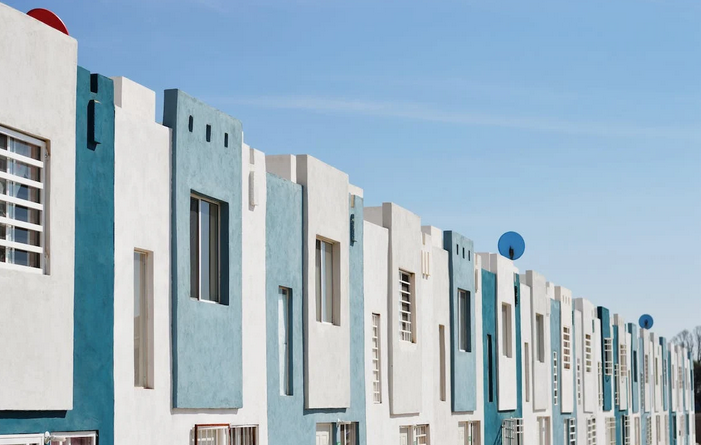In the realm of modern architecture, there has been a growing trend towards efficiency, sustainability, and elegance. One notable manifestation of this movement is the rise of prefab homes, which is why sites like pnp.de features them regularly. Prefabricated, or prefab, homes are constructed off-site in a controlled factory environment and then transported to the desired location, where they are assembled quickly and seamlessly. With their combination of speed, affordability, and forward-thinking design, prefab homes are revolutionizing the way we think about contemporary architecture. Here’s more insight on this type of home:
Efficiency at its Core

Prefab homes are renowned for their efficiency, and it’s not just about the speed of construction. The controlled factory environment ensures consistent quality control, reducing the risk of errors and minimizing waste. Additionally, the assembly process requires fewer resources, resulting in a smaller carbon footprint compared to traditional construction methods. By employing advanced technologies and standardization, prefab homes can be constructed with utmost precision, maximizing efficiency while still maintaining high aesthetic standards.
Innovative Design Possibilities
Gone are the days when prefabricated homes were associated with unimaginative structures. Today, architects and designers are embracing the modular nature of prefab construction to create innovative designs that blend seamlessly with their surroundings. Whether it be sleek and minimalistic or bold and adventurous, contemporary prefab homes offer endless design possibilities. From sustainably sourced materials to energy-efficient systems and smart home integration, these homes are built to address the needs and preferences of the modern homeowner.
Versatility and Customization
One common misconception about prefab homes is that they lack flexibility in terms of customization. However, advancements in technology and digital modeling have changed that perception. Today, homeowners can work closely with architects and designers to tailor their prefab homes to meet their specific requirements and design preferences. Spaces can be optimized for functionality, and personal touches can be added to make the house feel like a home. With the ability to choose from various floor plans, finishes, and sustainable features, prefab homes provide a level of versatility once thought to be exclusive to traditional construction methods.

Sustainability as a Driving Force
As environmental concerns become increasingly prominent, sustainability has become a crucial aspect of modern architecture. Prefab homes are far from being an exception to this trend; in fact, they often surpass traditional homes in terms of sustainability. The production of prefab components in a controlled factory environment reduces waste while maximizing resource efficiency. Additionally, these homes can incorporate energy-efficient systems, renewable energy sources, and water-saving features that contribute to a smaller ecological footprint. By prioritizing sustainability, prefab homes not only offer a beautiful living space but also pave the way for a more environmentally conscious future.
Affordability Without Compromising Quality
One of the most attractive aspects of prefab homes is their affordability. The streamlined manufacturing process, bulk material purchasing, and reduced labor costs translate into significant savings compared to traditional construction methods. Additionally, the controlled environment of the factory ensures that construction timelines stay on track, minimizing unexpected delays and expenses. Despite their cost-effectiveness, prefab homes do not compromise on quality. In fact, the controlled factory environment allows for greater precision and attention to detail, resulting in homes built to the highest standards.
The rise of prefab homes in contemporary architecture is a testament to the growing demand for efficient, sustainable, and aesthetically pleasing housing solutions. With their versatility, customization options, affordability, and commitment to sustainability, prefab homes offer a new paradigm for the future of architecture. As advancements continue, these innovative structures will play an essential role in shaping the way we live, combining efficiency and elegance in perfect harmony.

